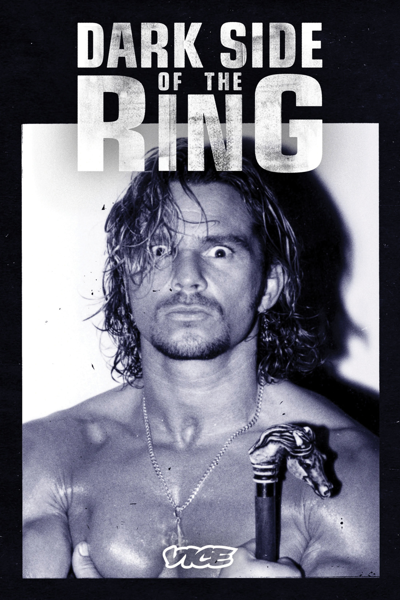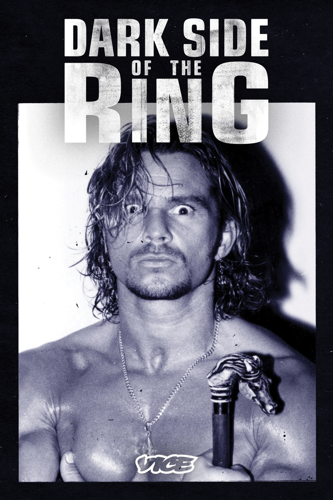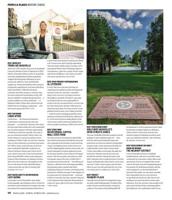More than any other form of art or entertainment, pro wrestling lives on the line between fiction and reality. Real-life drama and trauma regularly work their way into the ring and become material for fictional story lines — part of the pleasure of being a wrestling fan is sorting out the melodramatic from the actual and uncovering the backstage machinations. That blurring of script and sport makes wrestling a perfect subject for documentaries, and few have done it better than the Vice TV series Dark Side of the Ring, now in its third season. Each episode of the show is an in-depth, no-holds-barred look into an often unseemly or unexplored incident in wrestling’s long, chiseled past. There are, of course, many tales of hard lives and true crime: the horrific murder probably committed by Jimmy “Superfly” Snuka, the tragic love story of “Macho Man” Randy Savage and Miss Elizabeth, the nightmarish last days of Chris Benoit. But most often, Dark Side is about the nitty-gritty history of a very American industry; an urban legend or unseemly rumor is often just a gateway to larger issues like the regulation of sports entertainment and the exploitation of its performers, steroid abuse and even international relations. One of the most recent episodes of the current season dives deep into the bizarre historical footnote that was Collision in Korea, a televised two-day wrestling event headlined by Ric Flair in Pyongyang, North Korea, in 1995 that still holds the world record for the highest attendance at a wrestling event — a collaboration between Ted Turner’s World Championship Wrestling, Muhammad Ali, New Japan Pro Wrestling, and the North Korean government aimed at promoting world peace. NADINE SMITH
© Copyright 2025
Nashville Scene
615 Main Street, Suite 102, Nashville, TN
| Terms of Use
| Privacy Policy
Powered by BLOX Content Management System from BLOX Digital.




